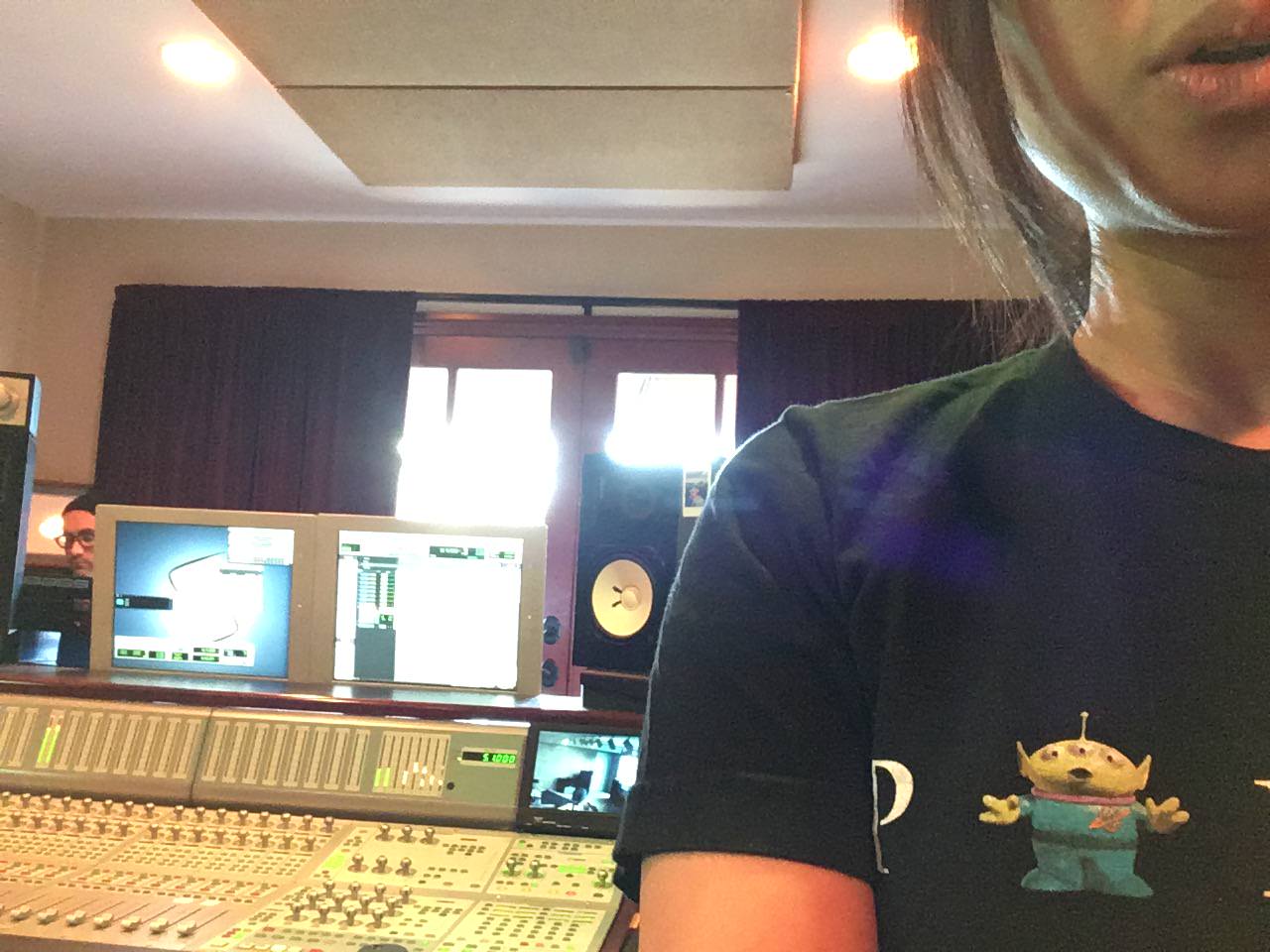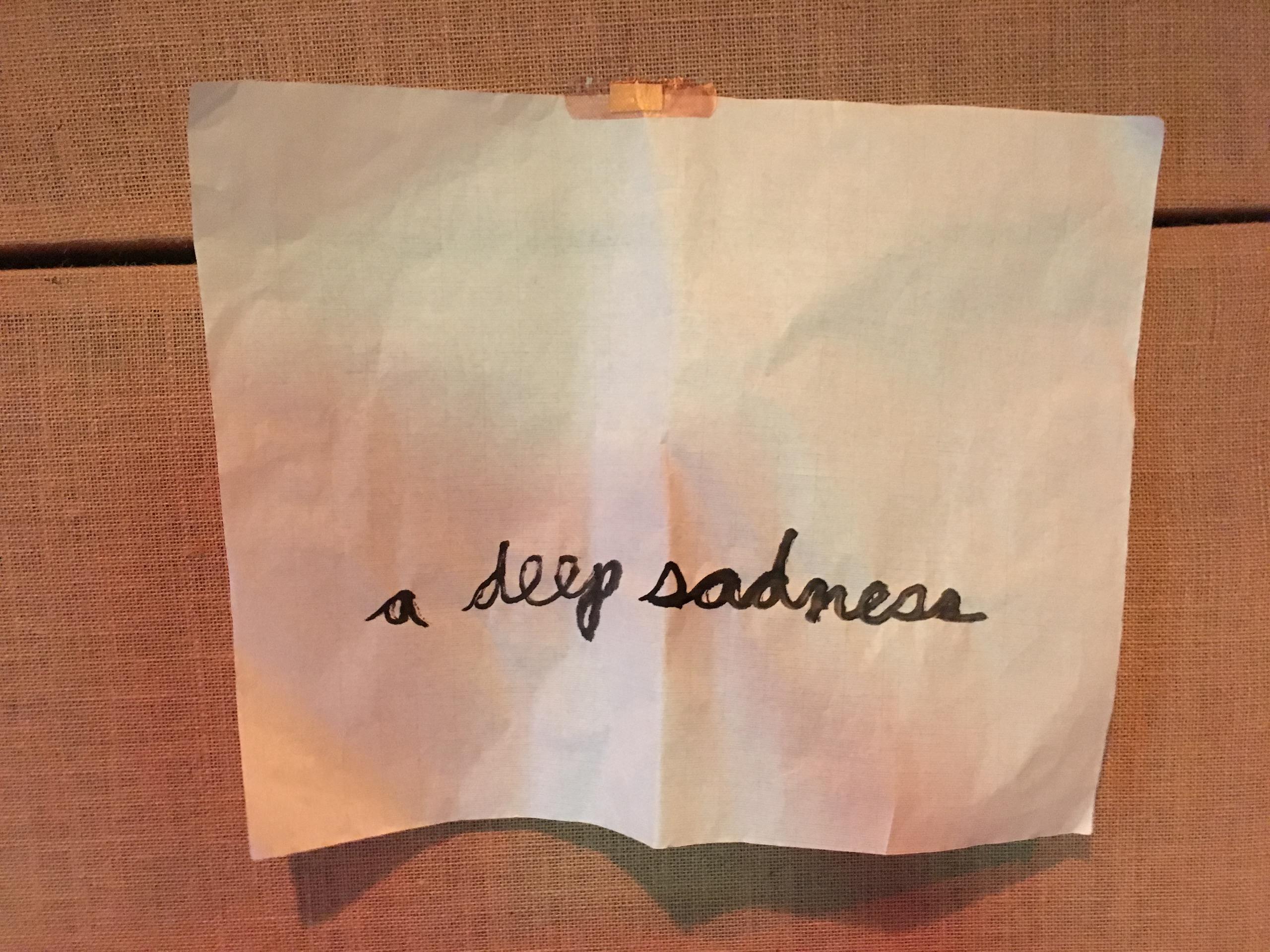08 Nov Song of Platitude
I’m publishing a blog post every Friday on a track from my album Dream of Home. My first post on the title track is a good place to start to get properly introduced to the series.
A song of …
“Song of Platitude” lends itself well to discussing the production-oriented aspects of the album but I’ll start with a summary of the inspiration for the song. I observed someone whistling in the midst of unimaginable grief and loss. And I supposed the alternative would have been crying, which is something one can’t do continuously with the obligations of work and the outside world. I wrote this song for that person and for myself also—a song of respite and order in a time of chaos. A song of sadness that can’t be placated by platitudes. A song of hope.
Arranging Song of Platitude
This is the second song we started working on and tracked in the first cluster of sessions along with the title track while we were still defining the contours of the album. When I wrote the song (watch the original solo version here), I doubled some of the sung melody on gayageum, following the conventions of traditional Korean music in which the melody is doubled on multiple instruments, while also flouting convention by playing chords, which is not done on the traditional 12-string gayageum/I tend to not do because it typically doesn’t sound good. (Chords can be played liberally though on the modernized gayageum with twenty-something strings that basically sounds like a twangy guitar of sorts and is built to play contemporary music.) Traditional Korean music, in my observation, is driven by melody, played in unison by multiple instruments, and does not use intentional vertical harmonies. Producer Ross suggested that I add chordal harmony and try using the gayageum like a lead guitar, an idea that hadn’t occurred to me, having had the gayageum as the sole accompanying instrument for my voice.
Once I fleshed it out with chords and Ross layered multiple repetitive Steve Reich-esque keyboard parts, we didn’t need the gayageum to aid in harmonic motion. We still kept the gayageum chords I mentioned on the bridge because we (or at least Keith; I didn’t feel strongly either way at the time) liked how it sounded. And we left a couple of the gayageum/lead guitar fills I tried out in the mockup above. The beauty of the gayageum is in the bend-y notes and deep vibratos, which I don’t play much of, so I wanted to give a taste in the fills—and I really mean just a taste as there are only two spots where you can hear some bending of gayageum notes.
Ross was hearing detuned drums, that is, recording the drums at double the speed and then slowing it down to normal, and when Gavin came in to track drums, he had the exact same idea, so we did just that. Below is an audio clip of us recording the drums at double time. We also tracked drums playing the song at half the tempo to speed back up.
Mixing Song of Platitude
Keith, Ross, and I had an involved discussion on mixing “Song of Platitude,” because it was going to be different from the rest of the tracks. I think it was Keith, being the mixing whiz he is, who suggested that we have all the vocals in the front and everything else far back in the mix. Ross sent me a bunch of mix references to listen to for the album, including the soundtrack to Call Me By Your Name which became my go-to album on repeat for weeks just because I really liked it, and Keith referenced St. Vincent’s “Cheerleader” for this song.
While I don’t know much about the art of mixing audio, I do have opinions on the outcome. Years ago, I told my bandmate Dan from my last indie rock project that whatever he and the audio engineer decided on for the mix should be fine with me as I didn’t think I’d have a preference. Once Dan sent me a mix, it took me no time to figure out that I most definitely do have thoughts on mixing as it can alter the way a song sounds and make it sound like a different song altogether.
Keith, Ross, and I spent long hours on each track, Keith mixing away with Ross’ active input while I hemmed a pair of jeans in the process (mixing was an opportunity for me to do mindless chores on the couch), speaking up if I had something to add or did not like something. We worked hard on the mix so it’s been rewarding to hear feedback that recognizes it. In less-experienced hands, the track with all that’s going on in it could have turned into a muddle, but thanks to Keith’s expertise and intuition and Ross’ too (and maybe my veto power too, heh), it became a polished, intentional-sounding piece.

Autotune is a person.
I remember one of the first times I recorded a song and the engineer suggested we autotune one note, instead of re-recording it. I was uneasy with the suggestion and reluctant but I’m long over that now and view it as a tool that can save time and effort. Tuning is common in more-acoustic genres like jazz too, and more often than not, it doesn’t sound like the “Auto-Tune” that people think of. Think of it like “no-makeup” makeup.
We tried vocal tuning on this song as a guinea pig; for some reason, the vocals did not sit quite right on this song and I didn’t sing the notes at the center of each pitch. (Ross and I’d be curious to know if there’s some logic behind my generally solid sense of pitch being off on this particular piece.) We sent it over to be autotuned, which turned out to not be done via an automatic process but by a human named Maddie tuning each phrase.
We got it back and I didn’t like how sterile the vocals sounded with tuning after all so we decided to forgo it on the other tracks (minus pitching notes here and there, which would be easier than re-recording). While trying to decide whether to keep the vocal tuning on “Song of Platitude,” I asked if we could go phrase by phrase—on each of the doubled melody and harmonies—and decide which phrases to keep tuned and which to keep in their natural state. Ross replied, “I don’t like where this is going …” Keith was probably internally screaming “Gah … oh my god!!” too. If there is a new can of worms to open, I’m opening it. 😅
Ross wanted to play harmonica on this song (treated with just enough effects that you can still tell it’s a harmonica) so he excused himself to go brush his teeth. I didn’t know people brushed before playing harmonica and said as much, to which Ross retorted, “Only the neurotic ones, like me.” But then he came back so quickly that I was baffled and exclaimed in concern, “How did you brush so quickly?! I don’t think that was enough time!” I’m probably more neurotic than Ross, which is why we get along great as friends and collaborators.
We joked that the next album is going to be an iPhone album, recorded and mixed in Garageband on my phone, but for real, I’d like to do something less intensive production-wise and more focused on the live performance for a future album—something that requires less work and scrutiny once the band is recorded. From this album, I learned a lot about music technology, which I previously was uninterested in, and enjoyed the time I got to spend working with Keith and Ross. I ate more meals with them than anyone other than my mom in 2018.

A song of hope
If you’re wondering in what way “Song of Platitude” is not just a sad song but also a song of hope, I’ll point you to the lyrics. It ends on “you can find no reason or rhyme” when the whole song rhymes. It’s hope in the big picture, my faith, an afterlife—in hoping some of the senselessness makes sense, or is redeemed, when I step back from it all.
__
Read my post on “Motherless Child” next.
Find Dream of Home on YouTube Music, Bandcamp, Apple Music, Amazon, and Spotify.


Agnon Legend
Posted at 00:02h, 09 NovemberThank you for the “behind the scenes” look and insight to the creation of the song. ?
voicekwon
Posted at 20:13h, 10 NovemberHappy to be sharing it online — thanks for your note!